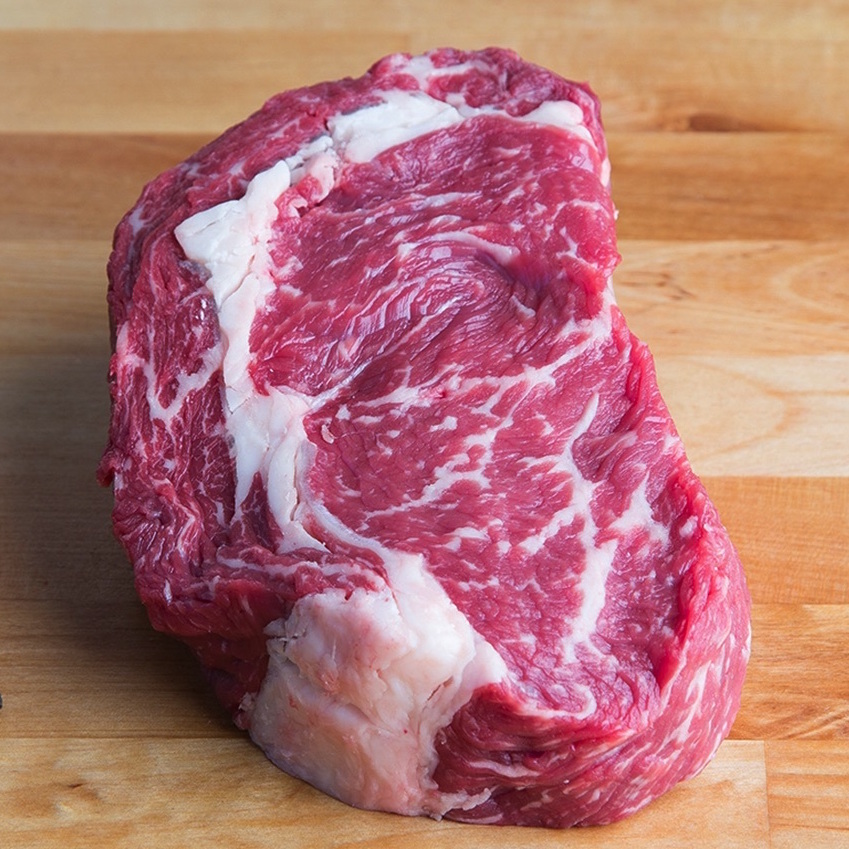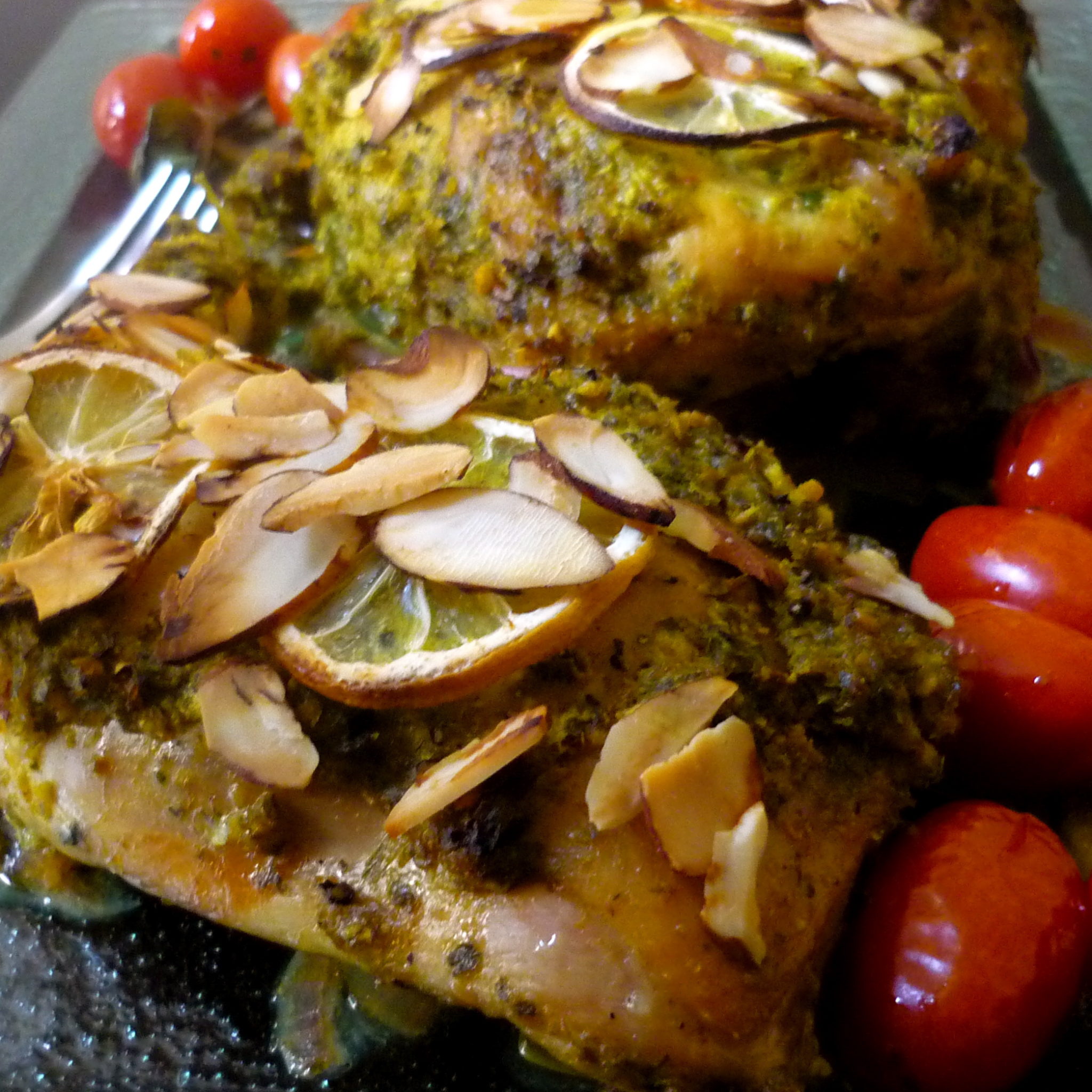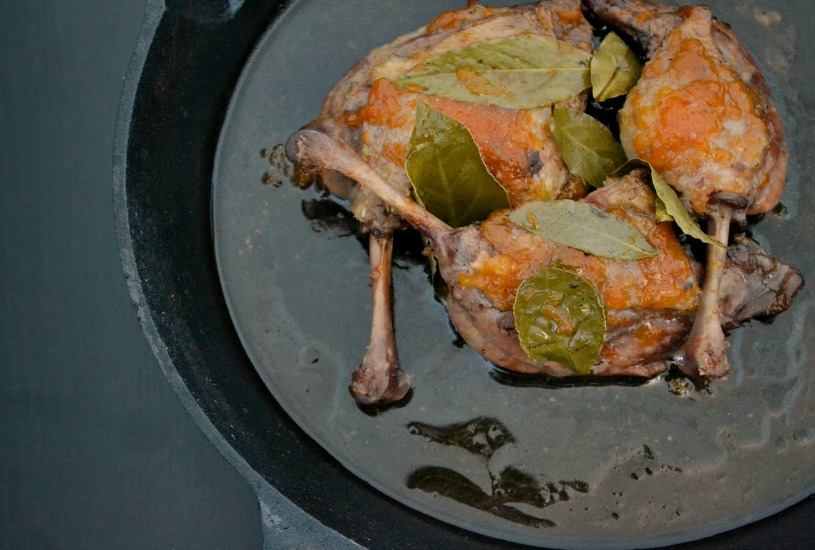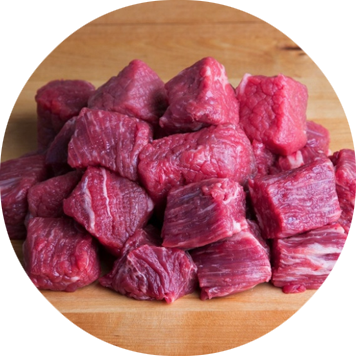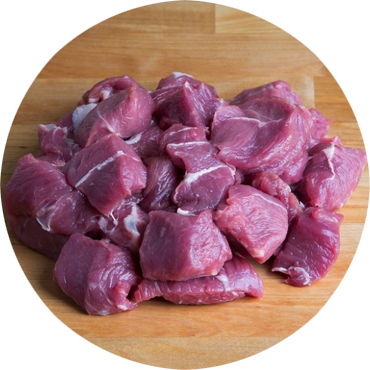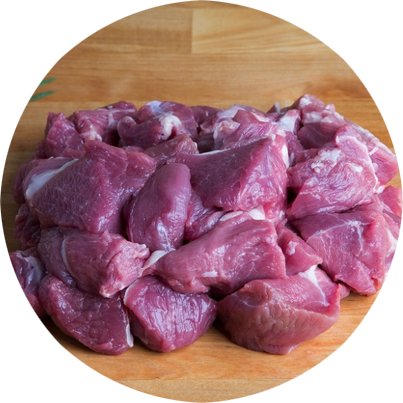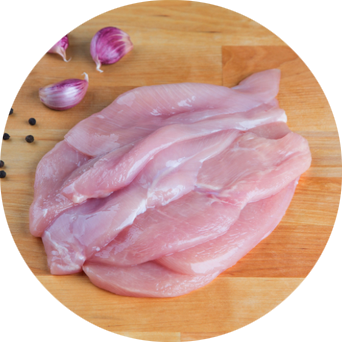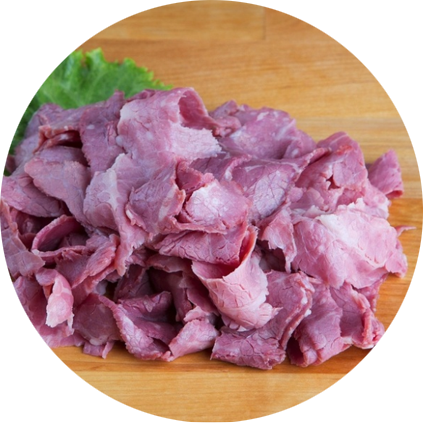What makes a great steak?
A great steak has two components: a crisp, golden brown crust (the “sear”) and a juicy interior. To achieve both, you need to take a look at the steak you are cooking. Is is thin? You can probably sear it in a pan on each side, and the inside will be done. Is it thick? A good thorough searing on the outside won’t penetrate, so unless you like very very raw meat, you’re going to want to use your oven to finish the steaks to your desired doneness.
Using indirect heat to relax your steak
There’s one more reason to finish in an oven, and that’s if your steak has more collagen, connective tissues or thicker fibers. Steaks such as Denver Steak, Chuck Steak and thicker Korean Short Ribs can benefit from some time in the oven at a lower temperature, not so much to finish cooking the steak, but to allow the meat time to become tender and succulent. Cook these steaks too quickly, and you’ll be doing a lot of chewing.
Here’s what you’ll need:
- Grow & Behold steaks
- Thick 10″ or 12″ frying pan, cast iron or stainless steel preferably
- Tongs or spatula
- 1-2 tablespoons vegetable oil or schmaltz
- Salt & Pepper
- Dry Rub or Marinade — Optional — if you are using a marinade, you’ll want to get the steaks as dry as possible before searing so that a crust can form. A dry rub doesn’t interfere with the sear as much as a marinade.
Preheat oven, if using
For tender steaks thicker than 1.5″, such as Ribeye and Crescent, or steaks that benefit from longer cooking over indirect heat, such as Denver and Chuck Steaks, and Korean Short Ribs, preheat oven to 300F. Thin steaks such as London Broil, Minute Steaks, Sandwich Steak don’t need to be finished in the oven.
Prepare the steaks
Pat steaks dry. Season steaks generously with salt & pepper; let rest at room temperature for 30 minutes. Drizzle some olive oil in the bottom of a roasting pan.
Sear
Heat two tablespoons of olive oil or duck shmaltz in a large heavy skillet over medium-high heat on the stovetop. Reduce heat to medium and add 1 steak to skillet. Cook until seared and golden brown on all sides (including edges), 2–3 minutes per side.
IMPORTANT: If you try to move the steak and it feels “stuck” to the pan, stop right now. Don’t forcibly remove it — you’ll leave all the delicious sear on the pan, rather than on your steak. Wait a minute, then try again gently. When it’s ready, the steak will release easily from the pan.
If finishing in the oven
Move cast iron skillet to the oven (or transfer steak to an oven-proof roasting pan). Roast until an instant-read thermometer inserted into steak registers 125° for medium-rare, about 10-20 minutes, or until desired doneness. For steaks that benefit from the longer heat to become tender, give them a poke as you put them in the oven with your finger to feel how firm they feel, then check every 10 minutes or so until you feel the muscle relax and you get a little more “give” to the meat.
Let rest before serving
Remove meat from the oven or pan and transfer to a cutting board, preferably one that can trap juices. Cover loosely with a pot lid or aluminum foil for 10 minutes, to allow the steak to rest and the juices to be reabsorbed into the meat (if you cut into it right away, all the juice will run out, and your steak will be dry).
Slice across the grain to serve, with olive oil and freshly ground salt & pepper.

